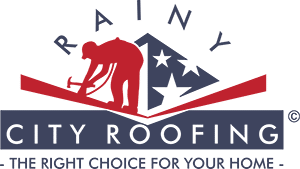The Pros and Cons of Different Roofing Styles
Are you in the market for a new roof, or attempting to determine what kind of roof you should select from a future home in the process of being built? The myriad of roofing styles, materials, and designs available in 2023 can make this decision overwhelming, to say the very least. It is imperative that, when selecting a roofing style and material for your home, that it is not only capable of providing the necessary protections for your property based on your location, climate and property type but also matches your overall design preferences. To help simplify the process of determining the best roofing style and materials for your home, check out this concise overview of the various roofs available to the modern property owner and the pros and cons associated with each.
Different Types of Roofing Styles
- Gable Roofing
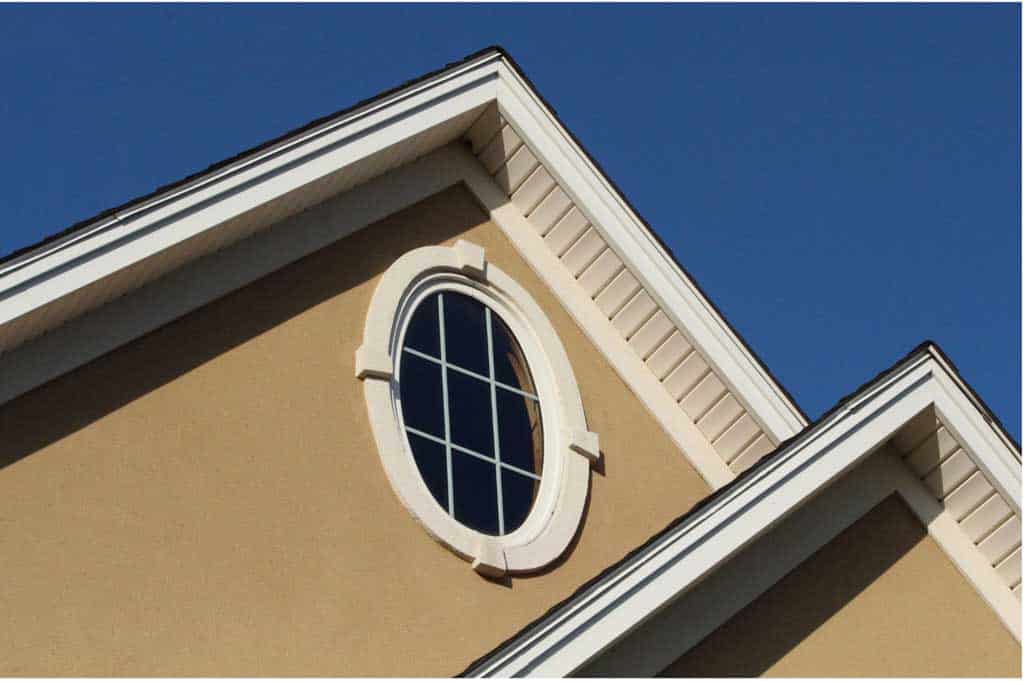
A classic triangular shape with two sloping sides, gable roofing is an iconic choice in the US.
- Pros: Allows for easy water runoff, promoting effective drainage. Ample ventilation for a healthy attic space. Simplicity in design for an aesthetically pleasing look.
- Cons: Not suitable for high-wind areas due to its vulnerable gable shape. May collapse under heavy snow loads.
- Hip Roofing
Featuring four sloping sides meeting at the top, hip roofing is renowned for stability and durability.
- Pros: Stability and durability make it excellent for areas prone to heavy snow and rain. Architecturally pleasing due to its intricate design.
- Cons: The complexity comes at a cost, making hip roofing more expensive. The intricate design may make it more susceptible to leaks.
- Mansard Roofing
A four-sided roof with two slopes on each side, mansard roofing offers versatility and additional living space.
- Pros: Creates extra living space, allowing for future expansions. The design versatility complements various architectural styles.
- Cons: The upfront cost is high. Not ideal for areas with heavy snowfall. Requires more maintenance due to its complex design.
- Flat Roofing
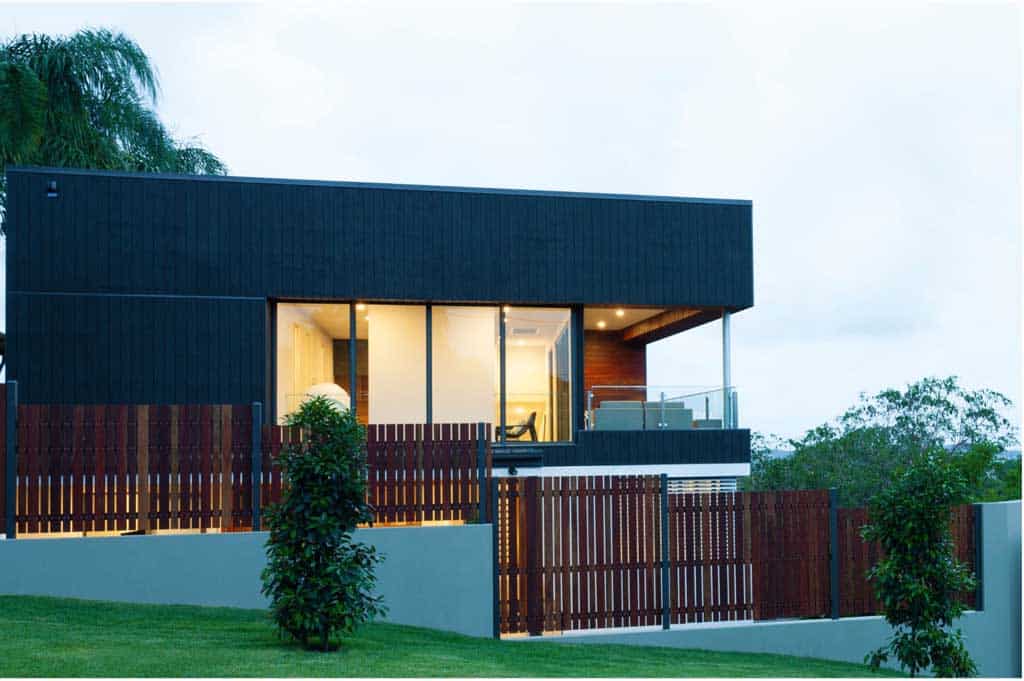
A horizontal roof with no slope, flat roofing is a cost-effective solution ideal for solar panels and additional living space.
- Pros: Inexpensive to install. Ideal for solar panels and creating extra living space.
- Cons: Poor drainage is a significant issue, leading to potential leaks. Regular maintenance and roof cleanings are required to address and prevent these drainage issues.
- Gambrel Roofing
Featuring two sides, each with two slopes, gambrel roofing is a popular choice for barns and farmhouses.
- Pros: Provides extra storage space due to its unique double-sloped design. Offers a classic aesthetic look.
- Cons: Tends to be expensive. Not suitable for high-wind areas. Requires more maintenance.
- Shed Roofing
Ideal for small structures, shed roofing is a single sloping roof with a modern look.
- Pros: Easy and cost-effective installation. Modern aesthetics enhance the overall appeal.
- Cons: Not suitable for larger structures. Limited interior space due to the single slope.
- Butterfly Roofing
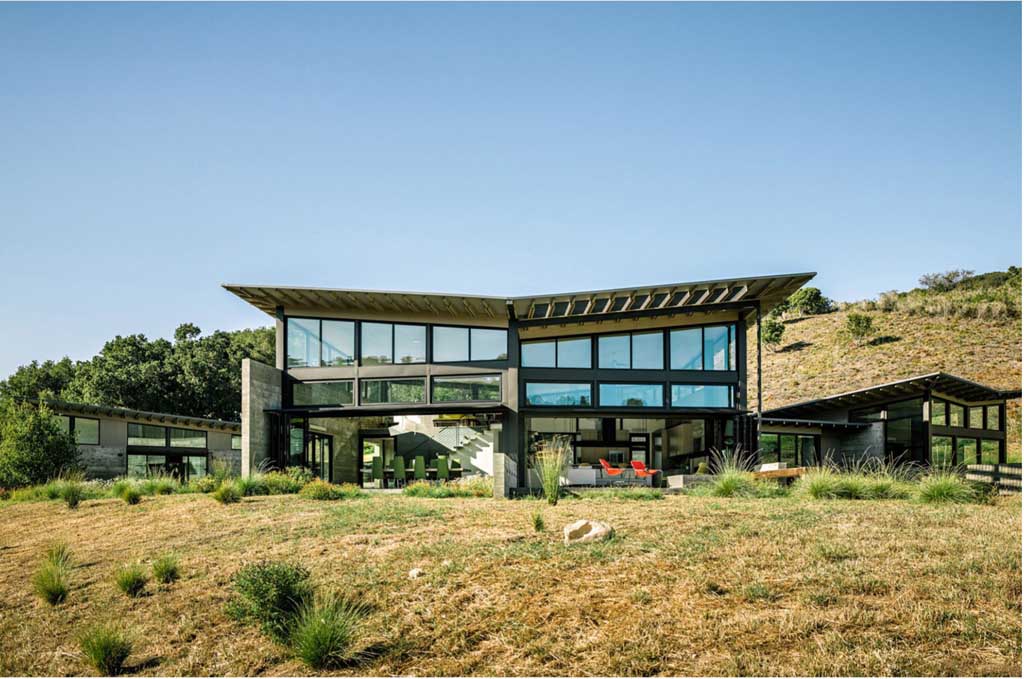
Forming a V-shaped roof with two wings sloping down, butterfly roofing is aesthetically pleasing and energy-efficient.
- Pros: Aesthetically pleasing with a modern look. Durable and energy-efficient.
- Cons: The installation cost is high. The intricate design makes it difficult to install and offers only limited interior space.
- Saltbox Roofing
With two slopes, one side longer than the other, saltbox roofing is a popular choice for colonial-style homes.
- Pros: Offers a unique and classic design while also providing extra storage space.
- Cons: Not ideal for high-wind areas. Requires more maintenance.
- Curved Roofing
A modern and unique design ideal for contemporary homes, curved roofing offers a sleek look.
- Pros: Sleek and modern aesthetic. Energy-efficient with a long lifespan.
- Cons: High installation cost, difficult to install and requires more maintenance. It may be difficult to find professional roofing services that will tend to this type of specialty roof.
- Bonnet Roofing
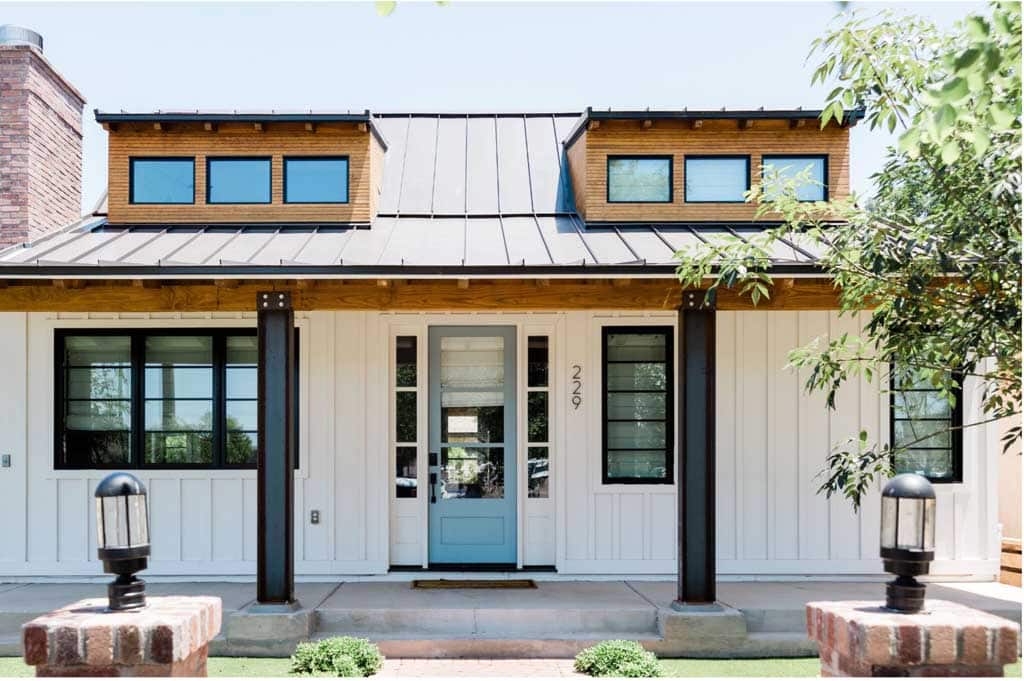
Featuring two slopes on all four sides, with the lower slope being steeper than the upper slope, bonnet roofing is popular for homes with wrap-around porches.
- Pros: Provides extra shade and protection. Offers a unique look.
- Cons: Expensive to install. Not suitable for high-wind areas. Requires more maintenance.
Different Types of Roofing Materials
- Asphalt Shingles
The most common roofing material, asphalt shingles are budget-friendly, durable, and suitable for most climates.
- Pros: Budget-friendly option. Durable and suitable for various climates.
- Cons: Not eco-friendly. Shorter lifespan compared to other materials.
- Metal Roofing
Lightweight, durable, and energy-efficient, metal roofing is a popular choice.
- Pros: Lightweight, durable and energy-efficient. An excellent choice for areas that receive high levels of snowfall.
- Cons: Can be noisy during rainfall. Prone to denting.
- Clay Tile Roofing

Attractive, durable, and resistant to fire and insects, clay tile roofing is a timeless option.
- Pros: Attractive and durable. Resistant to fire and insects.
- Cons: Expensive and heavy.
- Concrete Tile Roofing
Similar to clay tile roofing but less expensive, concrete tile roofing offers durability.
- Pros: Less expensive than clay but still durable.
- Cons: Still less affordable than asphalt and if not properly installed, can retain moisture due to the material’s porous nature.
- Wood Shake Roofing
Natural, rustic, and insulating, wood shake roofing brings a warm aesthetic.
- Pros: Natural and rustic appearance. Provides expert insulation.
- Cons: Flammable and requires high maintenance. Proper drainage and clean gutters are a must in order to extend longevity and prevent rot.
- Slate Roofing
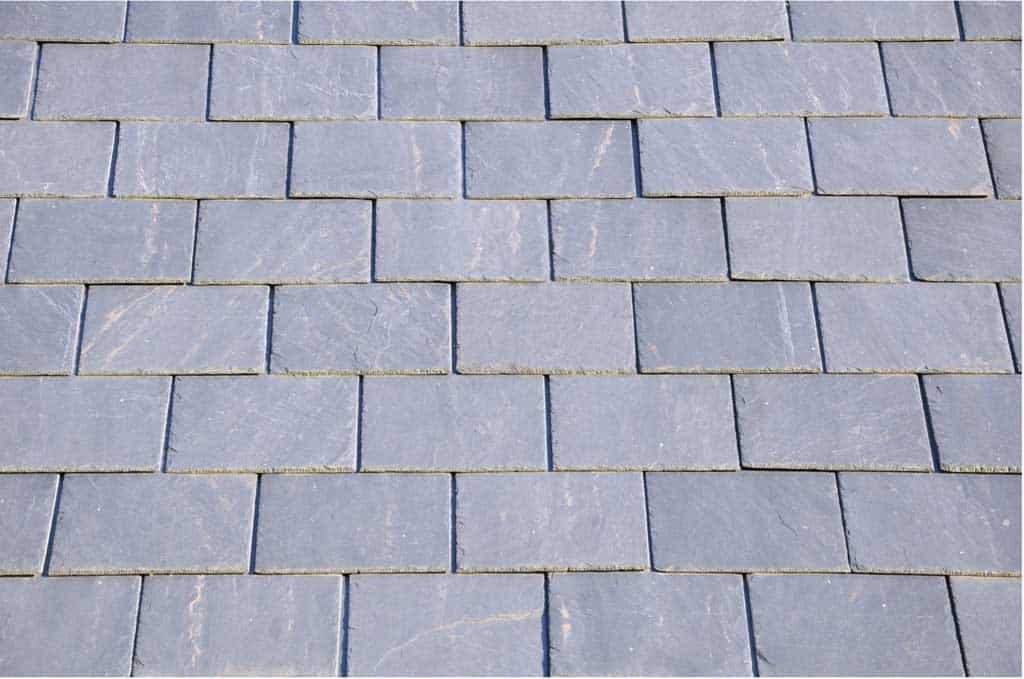
An elegant, long-lasting, and eco-friendly option, slate roofing adds a touch of sophistication.
- Pros: Elegant and long-lasting. Eco-friendly.
- Cons: Expensive and heavy – ensure your home’s structural integrity can withstand the extra weight.
- Green Roofs
Eco-friendly roofing systems covered with vegetation offer energy efficiency.
- Pros: Energy-efficient. Reduce stormwater runoff. Improve air quality.
- Cons: Expensive, requires more maintenance and not suitable for most buildings. Finding professionals capable of making repairs could be difficult within the States.
- Solar Shingles
Roofing materials doubling as solar panels provide an eco-friendly option to cut down energy bills.
- Pros: Eco-friendly. Cut down energy bills.
- Cons: Expensive. Require professional installation and regular cleanings.
- Rubber Roofing
Made from recycled rubber, rubber roofing is durable, lightweight, and energy-efficient.
- Pros: Durable, lightweight and energy-efficient. Made with recycled materials.
- Cons: Not suitable for all buildings. May not be as aesthetically pleasing.
Making the Right Choice
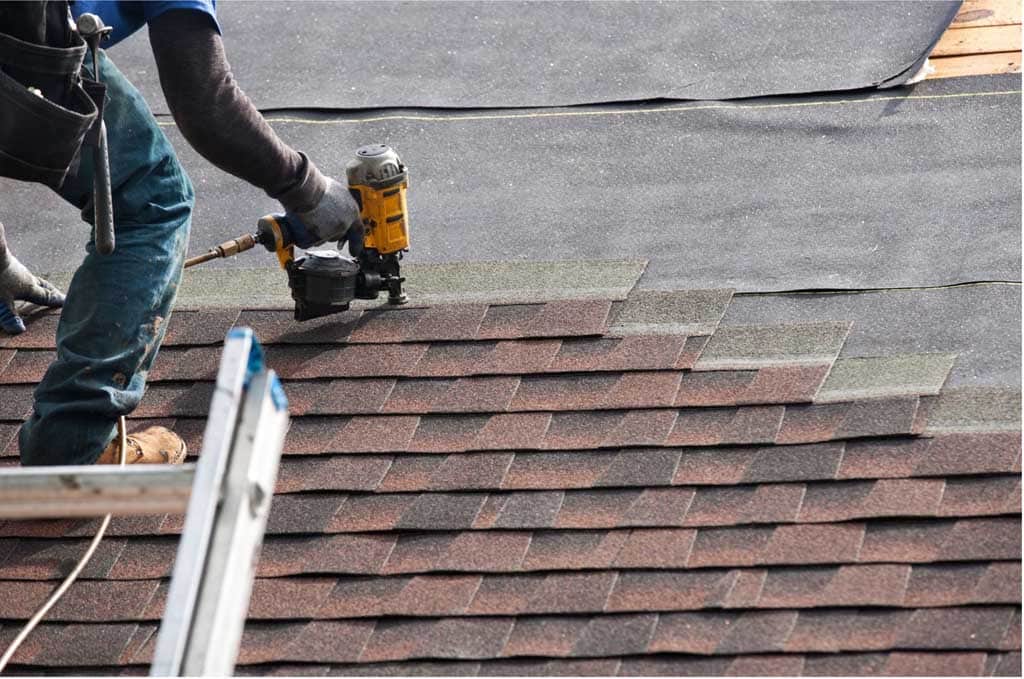
In the diverse world of roofing styles and materials, there’s no one-size-fits-all solution. Each option has its advantages and disadvantages. When it comes to making the right choice for your residential property, Rainy City Roofing Services stands out as the go-to partner. With a commitment to quality, experience, and reliability, we ensure that your roofing needs are not just met but exceeded.
Ready to embark on a roofing journey that combines style, durability, and expertise? Contact Rainy City Roofing Services today for a free consultation. Let’s transform your roof into a resilient and aesthetically pleasing asset that stands the test of time! Your dream home deserves nothing less.
